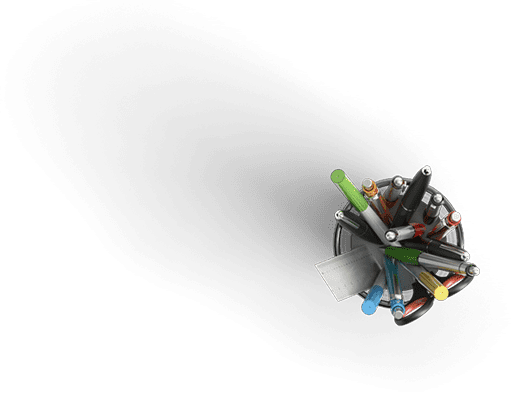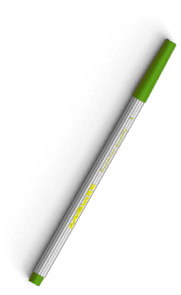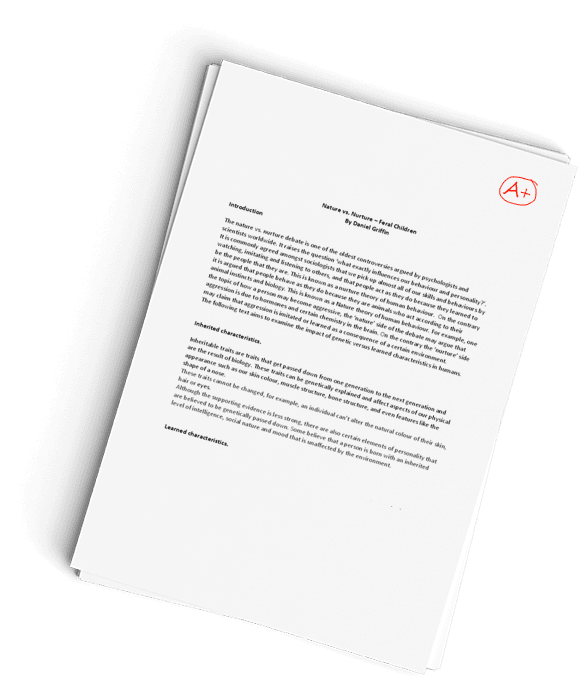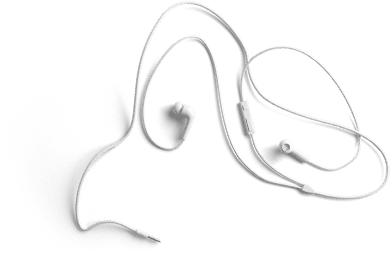LAVC Geography Data Visualization The Globe of Economic Complexity Questions
Question Description
Exercise 8.1 – Data Visualization: The Globe of Economic Complexity
Visit the website to reach the interactive globe. Then answer the following questions. I think you will enjoy this very detailed and sophisticated view of the global economy.
Data Visualization: The Globe of Economic Complexity by Harvard
http://globe.cid.harvard.edu/?mode=gridSphere&id=TN
Important Note: This web-based visualization may require up-to-date Adobe Flash Player browser plugin. Make sure to take note of any pop-ups or requests to download updates. Accordingly, be prepared to wait for video and interactive feature load times, which will depend on Internet connection speeds and other factors. Be patient and wait for each display to load.
In this data module, you will explore another interactive of the world economy from Harvard’s Center of International Development (CID). Recall from Chapter 7, that the CID created the Atlas of Economic Complexity where you explored each country’s trade goods and partners. In the new Globe visualization, you will find the same products and partners, but using new multidimensional views you can now explore the complexity of supply chains that connect them all. Recall from Chapter 8, The Economic Geography of Uneven Development, that there are actually wide variations in economic development at the global and regional levels. In this interactive, you can compare national economies and component products in vertical space to see the unevenness in number and types of goods between countries. While exploring the global geographies of production, look for evidence of the global shift in capital and labor.
Following the link above will take you to the interactive landing page, where you can choose to “Start the Intro” or “Skip Ahead.” Start with the Intro and at the end, you will land in the interactive. You may also “Quit” to skip ahead anytime.
Watch the tour video to answer the following questions (if you are in the dashboard, you can select “Play Intro” just under the title in the left corner.
1. What is each square or pixel? LO 8.1
a. import products
b. domestic products
c. export products
d. all of these
2. What currency is each 100 million of trade in? LO 8.1
a. Euros
b. dollars
c. Yen
d. Yuan
3. What happens when “machinery” and “vegetables” are compared? LO 8.1
a. only in some locations do those two products overlap
b. only in some locations is machinery the sole product
c. those products overlap exactly
d. those products do not overlap at all
4. What has the largest product space? LO 8.2
a. vegetables
b. metals
c. machinery
d. wood
When you are done with the Intro tour video, you will land on the “Globe view.” Notice the country and product views along the left-side menu. You can also select “Show/Hide Labels” for country names, which may be useful for analyzing patterns. You can also toggle between “High” and “Normal” contrast to better view the colored dots. There is a color bar of product categories along the bottom of the globe window. You can navigate the globe view with a mouse or the arrow keys. All product categories are selected and the apportioned number of dots fills each country’s area. Select the “Map view” and answer the following questions.
5. What statement best describes the patterns seen in the globe view and the map view? LO 8.2
a. More densely filled spaces indicate a high value of export products.
b. More colorful dot arrays indicate a high number of export products.
c. Less densely filled spaces indicate a low level of export diversity.
d. Less colorful dot arrays indicate a low value of total exports.
6. What is NOT a world region with a high density of export products? LO 8.2
a. North America
b. Europe
c. East Asia
d. Sub-Saharan Africa
Double-click on the map over Russia to zoom-in. Get a closer look at the dots. Switch around among the different views to answer the following question. You will repeat the process for the next X questions.
7. What product category dominates Russia’s exports? LO 8.3
a. Wood & Wood Products
b. Mineral Products
c. Machinery & Electrical
d. Transportation
Click on the Russia label to highlight its top ten trade partners.
8. What is NOT one of Russia’s top trade partners? LO 8.3
a. Italy
b. Saudi Arabia
c. Turkey
d. Kazakhstan
Navigate south of Russia to Pakistan.
9. What product category dominates Pakistan’s exports? LO 8.3
a. Textiles
b. Foodstuffs
c. Stone & Glass
d. Vegetable Products
10. What is Pakistan’s most distant top trade partner? LO 8.4
a. South Korea
b. United Arab Emirates
c. Germany
d. United States
Return to the “Map view.” At the bottom of the map, click on the label for “Animals & Animal Products.”
11. Where do most of the world’s animals and animal product exports originate from? LO 8.4
a. Africa
b. *Europe
c. Central Asia
d. Caribbean
Select the “3D product space” view. You will see a dense network of nodes (most grayed in this view, with light yellow for Animal & Animal Products) that represents the connections between products, or product space. Hover over one of the Animal & Animal Product nodes. Note the information that is displayed. Click on the “Product Space” view to compare the overall view and collect information. (TIPS: Make sure you still have “Animal & Animal Products” still selected as a product category below the map. Use the arrow keys to rotate the view and use your mouse to hover.)
12. What does each node in the product space represent? LO 8.4
a. a specific product
b. a location of production
c. an industry and product chain
d. all of these
Select the “Product Stacks” view. Use your arrow keys to change the view so you can see the vertical “stacks” over each of the product nodes. The down arrow will bring your view perpendicular to the stacks. These stacks represent the higher production and export value of a product. Hover over the highest stacks.
13. What is NOT one of the major animal and animal product exports? LO 8.5
a. fresh cheese
b. swine meat
c. poultry
d. lamb meat
Return to the “Map view.” Select to hide labels, high contrast, and deselect “Animal & Animal Products” category by clicking on its title. Select “Textiles.”
14. What world region leads in textiles? LO 8.5
a. Africa
b. Asia
c. North America
d. South America
Select the “Product Space” view. Hover over product nodes, particularly noticing the connections and the relative space they occupy.
15. What product category is represented by the massive cluster of textile products that make up a large portion of the global product space? LO 8.5
a. clothing
b. rugs
c. woven fabrics
d. yarns
Have a similar assignment? "Place an order for your assignment and have exceptional work written by our team of experts, guaranteeing you A results."








